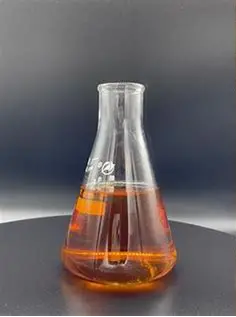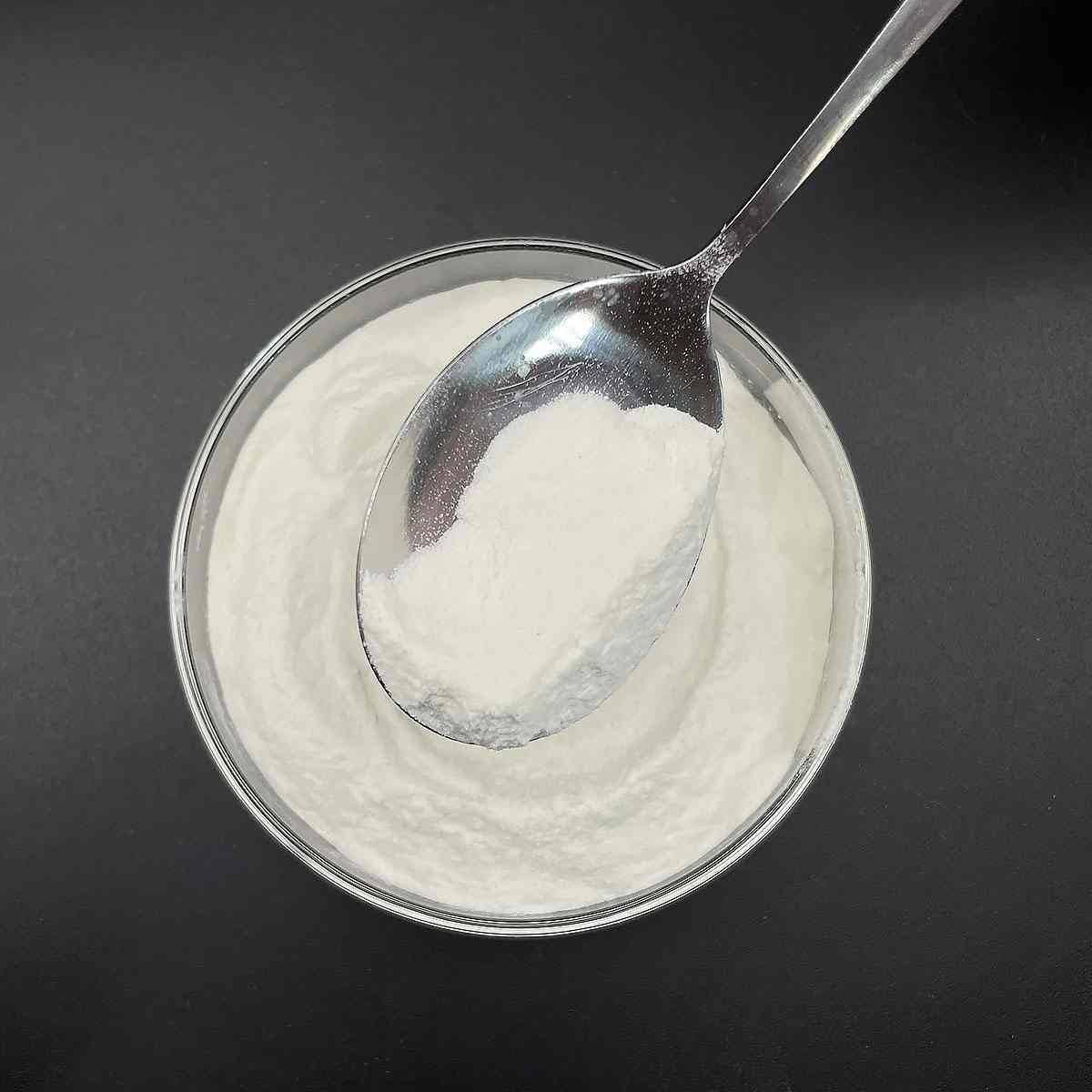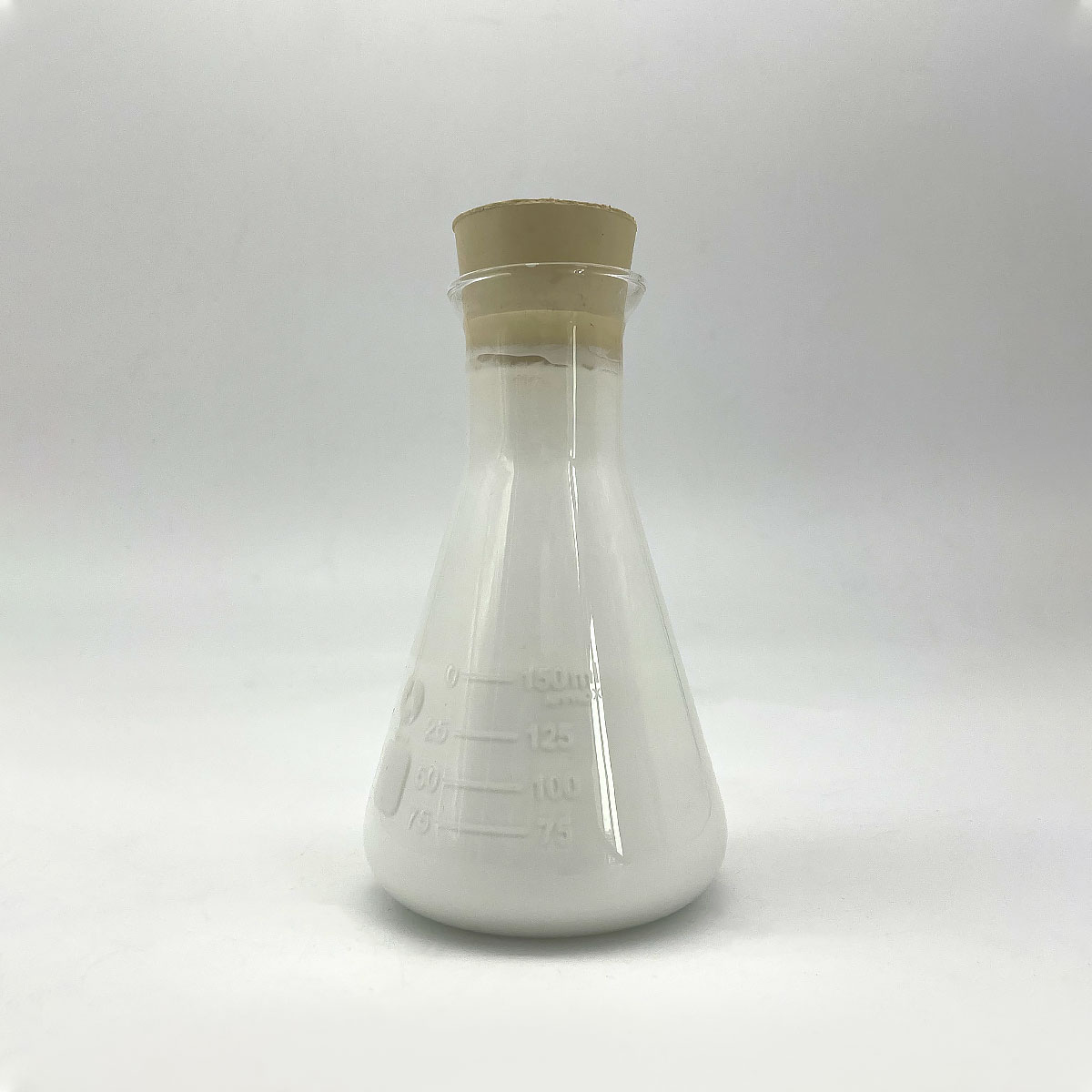1. Introduction
Just 24 hours ago, a major European cosmetics brand announced it would phase out sodium lauryl sulfate from all its shampoos by 2025, citing consumer demand for milder, plant-derived cleansers. This move reflects a growing global trend: reevaluating common surfactants like SLS in favor of gentler, more sustainable alternatives. But what exactly is sodium lauryl sulfate—and how does it stack up against other surfactants on the market?

At its core, a surfactant (short for ‘surface-active agent’) is a molecule that reduces surface tension, allowing water to spread and penetrate more easily. This property makes surfactants essential in everything from shampoos and toothpaste to herbicides and industrial cleaners. Among the most common is sodium lauryl sulfate—also known as sodium dodecyl sulfate (SDS)—a powerful anionic surfactant prized for its foaming and cleansing abilities.
2. Understanding Sodium Lauryl Sulfate and Its Chemical Siblings
Sodium lauryl sulfate (SLS), or natrium lauryl sulfate, is often confused with sodium laureth sulfate (SLES), also called sodium lauryl ether sulfate or sodium lauryl ether sulphate. While both are anionic surfactants derived from lauryl alcohol, they differ significantly in structure and irritation potential.
SLS is a straight-chain molecule (C12H25SO4Na) made from dodecyl alcohol and sulfur trioxide. It’s highly effective but can be harsh on skin and eyes. In contrast, SLES undergoes ethoxylation—a process that adds ethylene oxide units—making it milder. This is why many ‘SLS-free’ shampoos still contain laureth sulphate or sulphate laureth sulfate: they offer similar lather with less irritation.
- SLS (sodium lauryl sulfate): strong cleanser, high irritation potential
- SLES (sodium laureth sulfate): milder due to ethoxylated structure
- Ammonium lauryl sulfate (ALS): similar to SLS but with ammonium instead of sodium; often used in foaming bath products
3. Comparing Anionic, Cationic, Non-Ionic, and Amphoteric Surfactants
Surfactants are categorized by the charge of their hydrophilic head. Anionic surfactants like SLS, sodium dodecylbenzene sulfonate, and sodium coco sulfate carry a negative charge and excel at cleaning and foaming. Cationic surfactants—such as cetyl trimethyl ammonium bromide (CTAB) or cetyltrimethylammonium bromide—are positively charged and used in conditioners for their anti-static and antimicrobial properties.

Non-ionic surfactants like polysorbate 80, Span80, Pluronic 127 (poloxamer 188), and ethoxylated alcohols have no charge, making them less irritating and ideal as emulsifiers or wetting agents. They’re common in herbicide formulations as surfactants for weed killer or lawn wetting agents that help chemicals adhere to waxy plant leaves.
Amphoteric surfactants—like cocamidopropyl betaine (also called coco betaine, amidopropyl betaine, or coco amido propyl betaine)—can switch charge based on pH. They’re mild, foam-boosting, and often paired with SLS to reduce irritation in shampoos and body washes.
4. The Rise of Bio-Based and Mild Alternatives
Consumer concerns about SLS have fueled interest in gentler, eco-friendly options. Alkyl polyglucosides—such as decyl glucoside and coco glucoside—are non-ionic bio surfactants derived from coconut oil and glucose. They’re biodegradable, non-toxic, and suitable for sensitive skin.
Other emerging alternatives include:
- Sodium cocoyl isethionate: a mild anionic surfactant used in solid shampoo bars
- Sodium lauroyl sarcosinate (lauroyl sarcosinate): derived from amino acids, offers rich foam with low irritation
- Sodium cocoyl glutamate: another amino acid-based surfactant with excellent skin compatibility
- Sodium lauroyl methyl isethionate: increasingly popular in premium cleansers for its creamy lather and soft feel
Even methylated seed oil—a non-ionic surfactant used in agriculture as a surfactant for herbicides—has found niche use in eco-formulations due to its biodegradability.

5. Applications Beyond Personal Care: SLS in Agriculture and Industry
While SLS is best known in toothpaste and shampoos, it’s also used as a wetting agent for grass and in industrial cleaners. However, lignin sulfonate and fluoro surfactants are often preferred in heavy-duty applications due to better stability and lower foaming.
In herbicide mixes, nonionic surfactants like ethoxylated alcohols or methylated seed oil are favored over SLS because they don’t interfere with active ingredients. Sodium deoxycholate and sodium oleate—natural surfactants—also appear in specialty bio-pesticide formulations.
For those searching ‘sodium lauryl sulfate for sale,’ it’s widely available from chemical suppliers like Rohit Surfactants Private Limited, but regulatory scrutiny is increasing, especially in leave-on products.
6. Safety, Misconceptions, and the Meaning of Surfactant
Despite viral claims, SLS is not carcinogenic. Regulatory bodies like the FDA and EU SCCS consider it safe in rinse-off products at typical concentrations (1–15%). However, it can cause irritation in sensitive individuals—especially when combined with other harsh ingredients.
The confusion often stems from mixing up SLS with SLES, which may contain trace 1,4-dioxane (a byproduct of ethoxylation). Modern purification methods minimize this risk, but clean-beauty brands avoid both to meet consumer expectations.
Understanding the meaning of surfactant helps demystify these debates: surfactants aren’t inherently ‘bad’—they’re tools. The key is choosing the right type for the job, whether it’s deep cleansing (SLS), conditioning (cationic), or eco-friendly dispersion (alkyl polyglucoside).
7. Conclusion
Sodium lauryl sulfate remains a workhorse surfactant due to its effectiveness and low cost, but the market is clearly shifting. From sodium laureth to coco betaine and decyl glucoside, formulators now have a robust toolkit of milder, sustainable alternatives. Whether you’re formulating shampoo, herbicide, or industrial cleaner, the best surfactant depends on performance needs, safety profile, and environmental impact—not just foam.
Our Website founded on October 17, 2012, is a high-tech enterprise committed to the research and development, production, processing, sales and technical services of ceramic relative materials such as Is. Our products includes but not limited to Boron Carbide Ceramic Products, Boron Nitride Ceramic Products, Silicon Carbide Ceramic Products, Silicon Nitride Ceramic Products, Zirconium Dioxide Ceramic Products, etc. If you are interested, please feel free to contact us.


